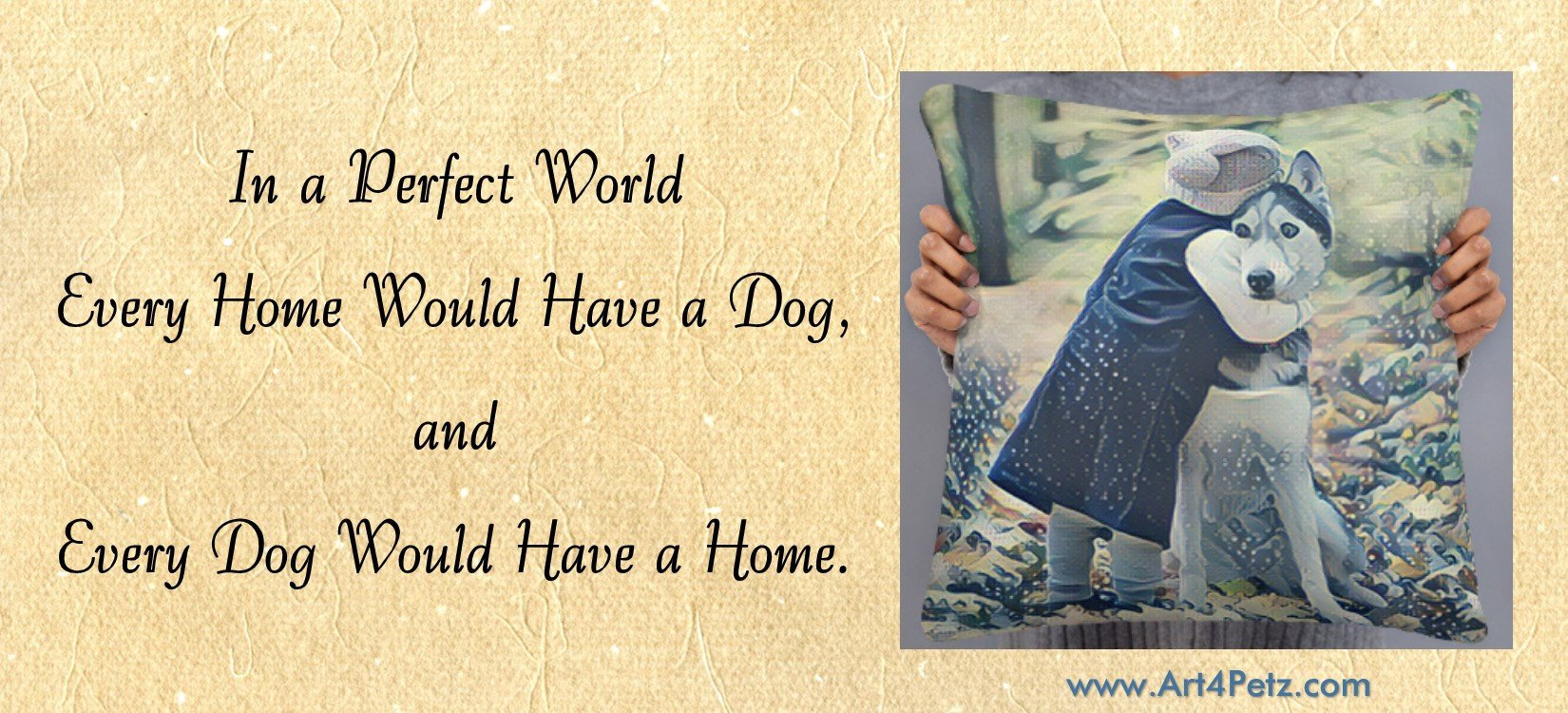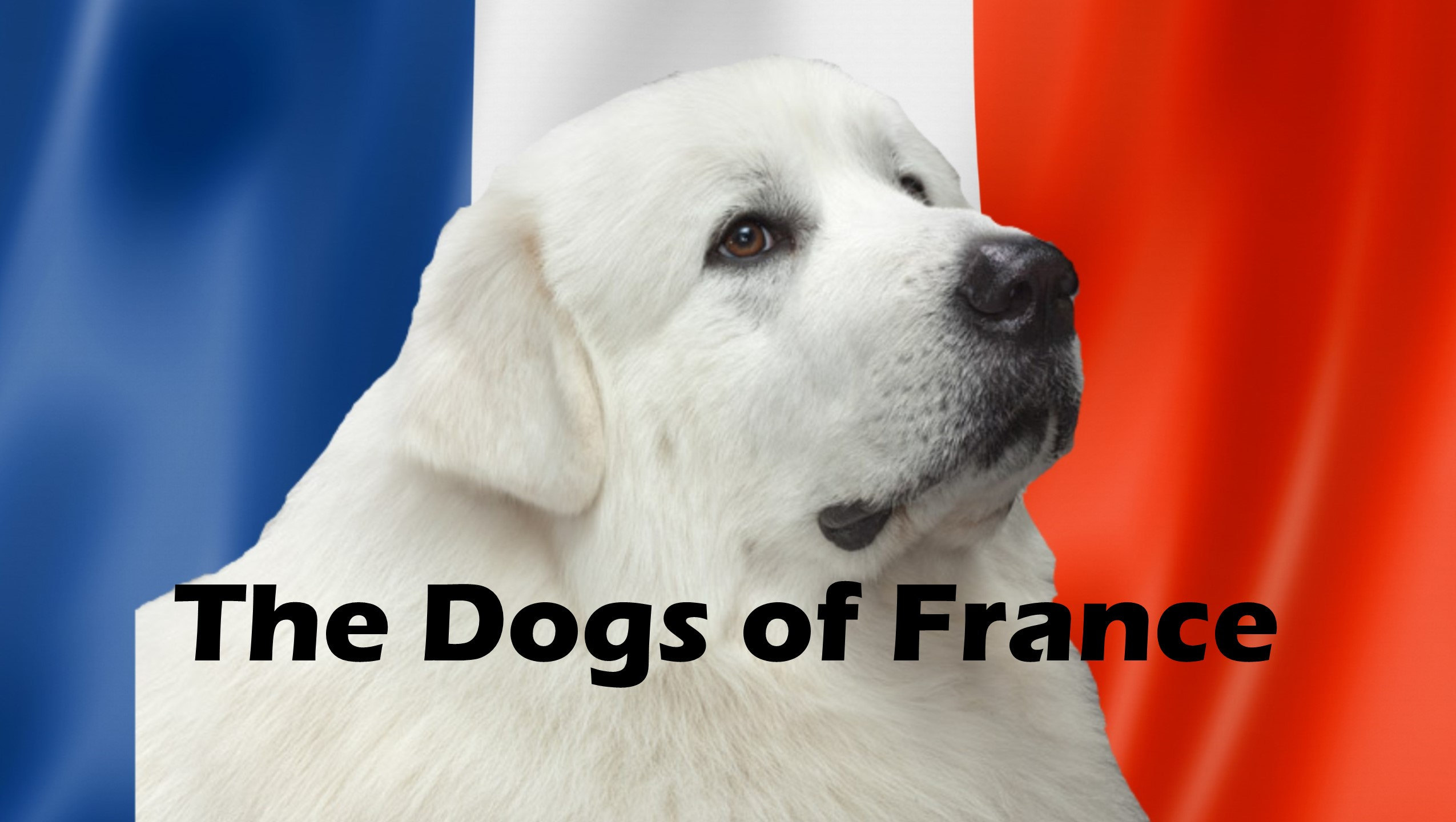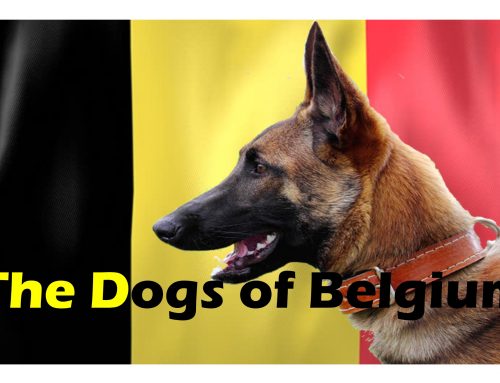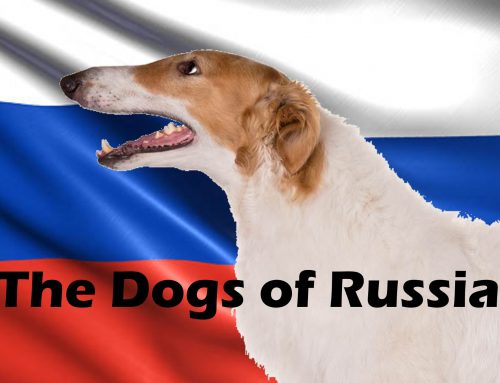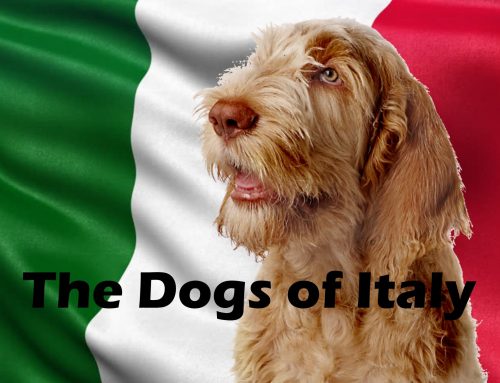France is the largest country in Western Europe and the third-largest in Europe. It has a population of over 65 million and this romantic language is the second most studied after English.
There are over 20 dog breeds that were developed in France, quite a big number. Dogs bred in France are used for different activities like pulling carts, guarding flocks, protecting castles and even fights with bears.
French Bulldog
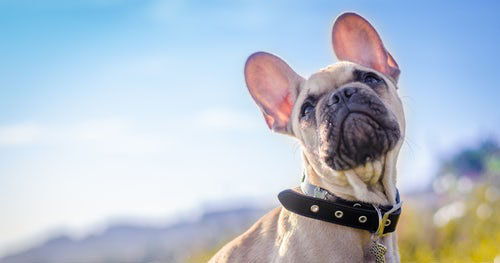
One of the most lovable breed developed in France is the French Bulldog, a very playful, affectionate and loyal dog mostly known for his small size, strong body and his bat-like ears. This little fellow is very fashionable among ladies, writers and fashion designers.
The origin of the modern French Bulldog breed descends directly from the dogs of the Molossians, an ancient Greek tribe. The dogs were spread throughout the ancient world by Phoenician traders. British Molossian dogs were developed into the Mastiff.
To say that the French Bulldog is a purely French breed is a bit of a misnomer. Bulldogs were at the height of their popularity in England the 1860s, and small varieties of that breed were especially popular in the lace-making region of the English midlands. The Industrial Revolution caused a downturn for the lace makers, and the craftsmen moved to France, bringing their toy Bulldogs with them. There they were bred with various French breeds to create what is now the French Bulldog.
Bichon Frise
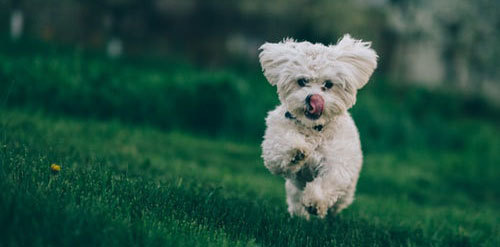
The Bichon Frise is an intelligent, jolly, playful, sociable, active, sensitive, gentle dog. It is affectionate and devoted to its master. It gets along well with children, but has a suspicious attitude towards strangers. It gets along well with other dogs and other household animals.
It is an old breed that was brought to France by the sailors from Tenerife, Canary Islands. It has become, due to its tenderness and charm, a favorite of the French and Italian ladies of the time. The spoiled of the saloons, dressed up with ribbons, it was surrounded by so much attention that it got the name “Bichonner” (dandy). It was appreciated at the royal courts of the time of Ludovic the 14th and Ludovic the 15th. The painters Boucher and Frahgonard immortalized it in their paintings. Until the 20th century it became a widespread breed in France and was often seen accompanying buskers or taking part in circus shows. It got its new name in the 1930’s.
French Mastiff
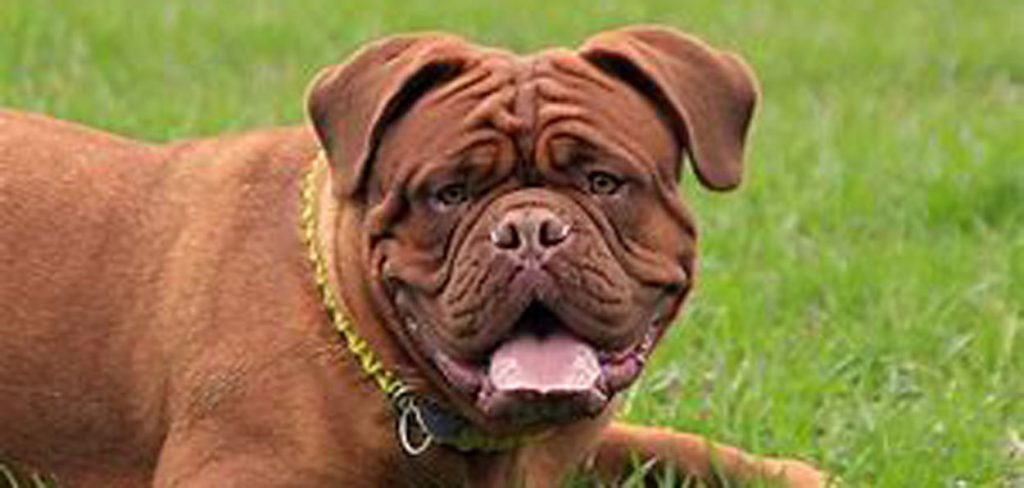
The French Mastiff is an imposing, intelligent, watchful, very brave, calm, well-ballanced dog, curious and proud, that rarely barks. It is very devoted and attached to its master and his family. Strangers are not welcome without the master’s approval. It is protective and tolerant with children. If it is socialized from an early age it will accept other household animals, but has a dominant attitude towards other dogs.
The French Mastiff (also known as Dogue de Bordeaux, Bordeaux Mastiff, Bordeaux dog) is an old breed dating back to the fourteenth century. Along with the English Mastiff, the French Mastiff is likely a descendent of the Roman Molossus dog, and was used as an overall working dog; driving cattle and serving as a guard dog. Like its English cousin, the French Mastiff was used as a fighting and bull-baiting dog, and served alongside wealthy soldiers during the French Revolution, earning the fame of a feared gladiator!
Great Pyrenees
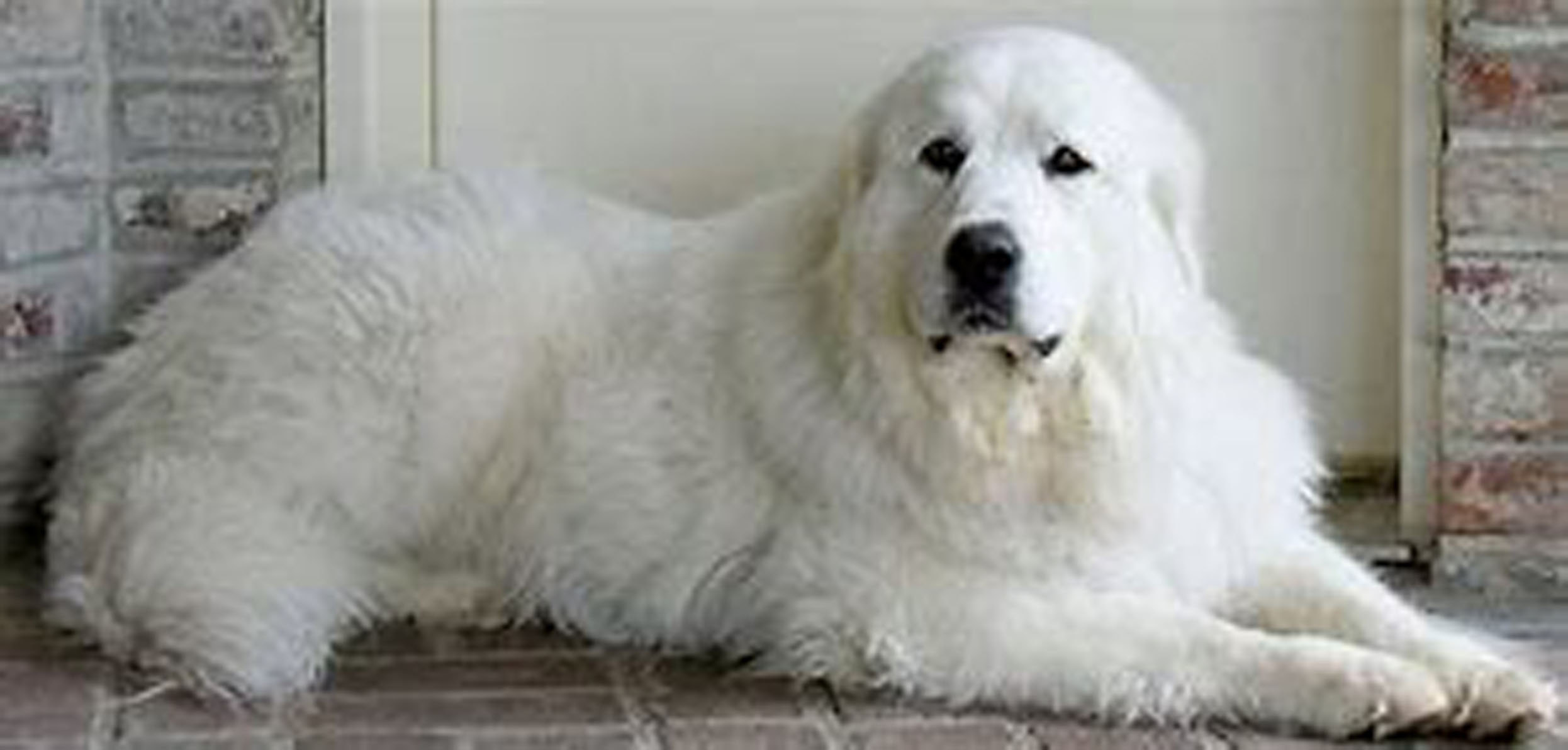
The Great Pyrenees is a peaceful, well-balanced, brave, intelligent dog. Loyal and devoted to its master, it accepts and even loves children. Protective, territorial, even aggressive towards large dogs, it doesn’t have any problems with small dogs, or with other animals. It is cautious and reserved with strangers. Sometimes it can be difficult, even stubborn, tends to be nocturnal (resting during the day and guarding at night).
The breed we know today as the Great Pyrenees developed in France as early as the 15th century and in that country is known as Le Grande Chien des Montagnes or Le Chien des Pyrenees. The origin of the Great Pyrenees breed reveals that it likely evolved in relative isolation in the Pyrenees mountains and has been used to guard the flocks and to serve as companions for the shepherds for many hundreds of years.
They carry themselves with elegance and dignity and although they are large they’re love for affection makes them think of themselves as lap dogs.
Basset Artesien Normand
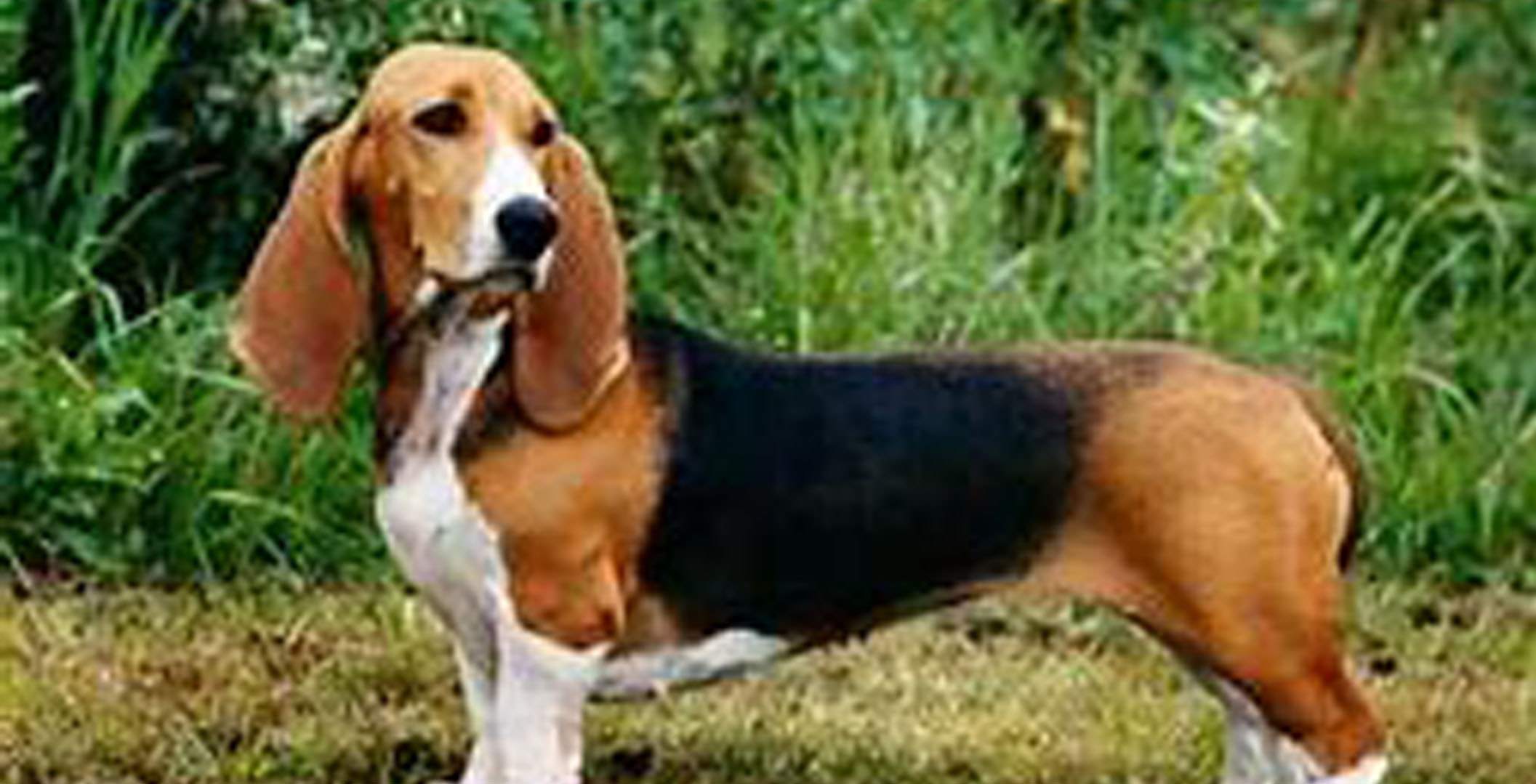
The Basset Artesien Normand is a brave, sociable, friendly, gentle dog, with a strong sense of smell. It is attached to its master, to the family and children. It doesn’t have problems with other dogs, because these dogs are usually raised in groups. If socialized with other household animals from an early age, there won’t be any problems. Strangers are only barked at. It has the tendency to wander off on its own, especially if it catches the scent of potential game.
The Basset Artesian Normand looks very much like a Basset Hound but is lighter in weight. It is one of the six recognized French Basset breeds. Originating in Artois and Normandy, it dates back to the 1600s. Bassets are dwarfed, full-sized hounds, retaining the body lengths of their forebears, but with enlarged heads, shortened long bones, and larger joints. Their short stature allows hunters to follow them easily on foot. By the turn of the 20th century, the Basset Artesian Normand was developing into two distinct lines, straight-legged hunters and crocked-legged, droopy-eared companion and show dogs.
Miniature Poodle

The Miniature French Poodle, Barbone, Caniche, or Pudle is an intelligent, jolly, playful, sensitive and is eager to learn. It is obedient and devoted to its master. It gets along with children but is cautious and watchful with strangers. It also gets along well with other dogs and other animals, especially if it was socialized from an early age.
It is an old breed developed in France, whose name comes from the German word “puddeln” which means “to dive into water”. At first, it was used for hunting in swamps and water then, it became a companion and show dog.
The Poodle has been known throughout Western Europe for at least 400 years and is depicted in 15th century paintings and in bas-reliefs from the 1st century. The subject is controversial of where the dog was officially developed and no one really knows the breed’s true country of origin. Hunters in Germany and France used the Poodle as a gundog and as a retriever of waterfowl and to sniff out truffles lying underground in the woods. The French started using the breed as a circus performer because of the dog’s high intelligence and trainability.
In the 18th century, smaller Poodles became popular with royal people. The three official sizes are the Toy, Miniature and Standard Poodle. They are considered one breed and are judged by the same written standard but with different size requirements.
Briard
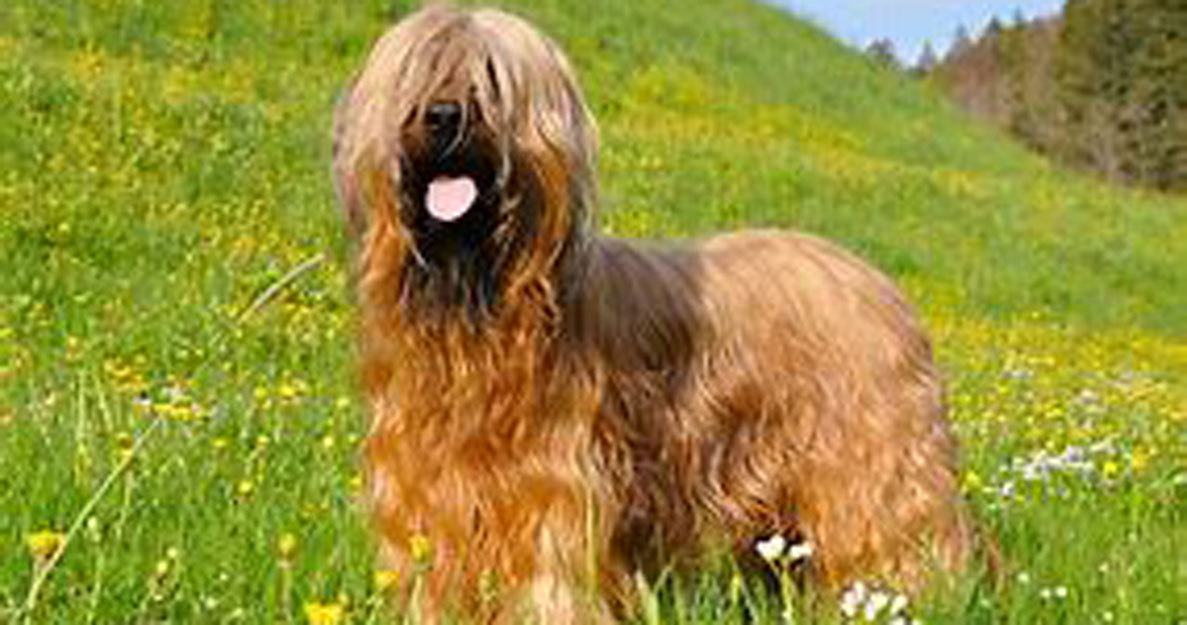
The Berger de Brie, Berger Briard is a dynamic, agile, very resistant dog that can walk 70-80 km every day without looking tired, being an exquisite runner. It is loyal, a little dominant, intelligent and obedient. It is less aggressive than the Beauceron and very attached to its master. If trained and socialized, it will get along with other pets. It can be aggressive with other dogs and strangers are cautiously analyzed and it doesn’t like to be teased.
The Briard is a herding and guard dog that originated in medieval France. The breed gained new responsibilities during times of war, when it helped to locate wounded soldiers, hunted, tracked, and worked as pack animals, and became the French army’s official dog. These days, he is content to play and guard his family. Being both independent and loyal, he excels at keeping children safe, protecting the home, herding, agility trials, and even flyball competitions. With consistent grooming, the black, gray or tawny coat of this shaggy dog can remain clean and tangle free. Be sure to give the Briard lots of exercise, as this dog has high energy demands that need more than a daily walk.
